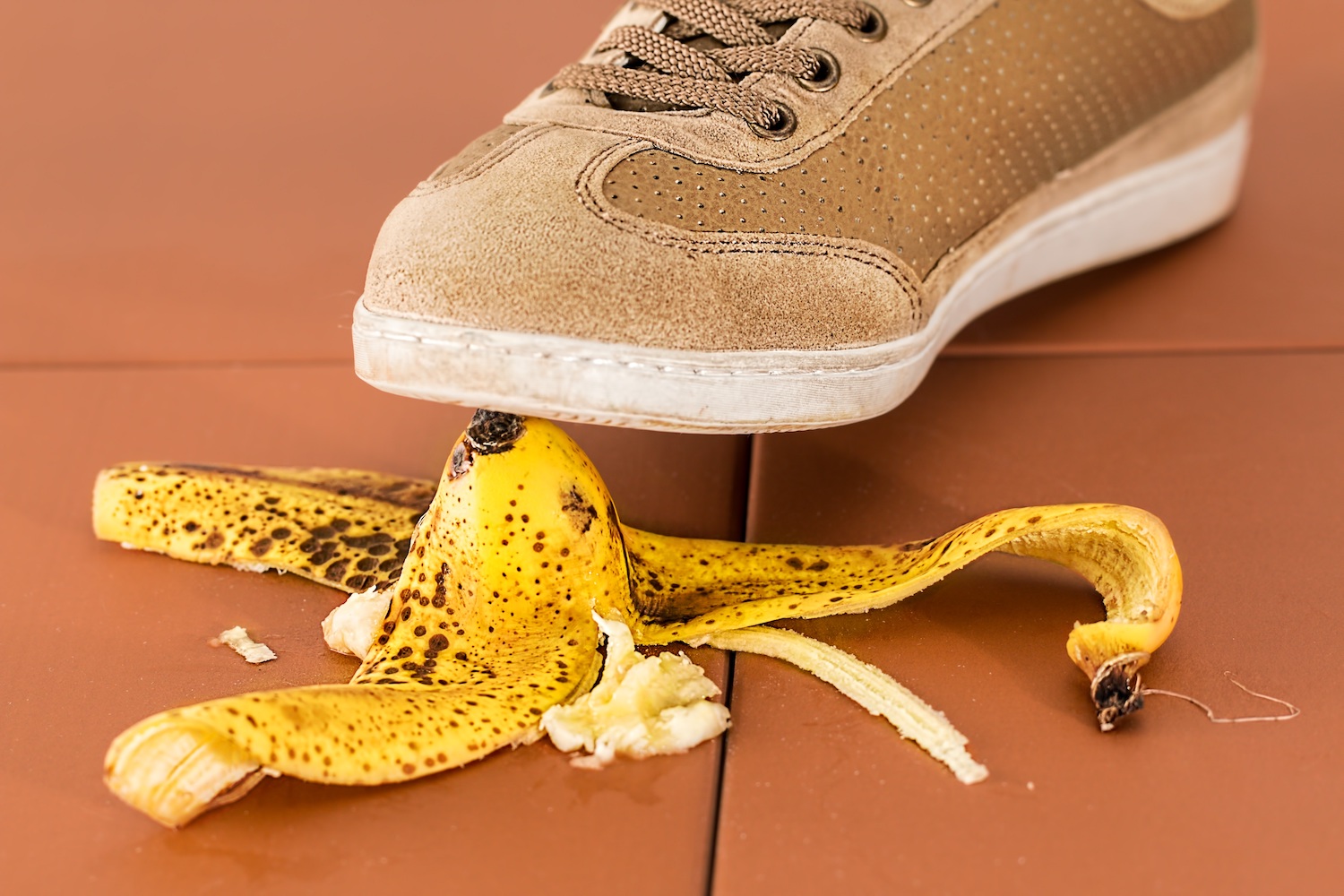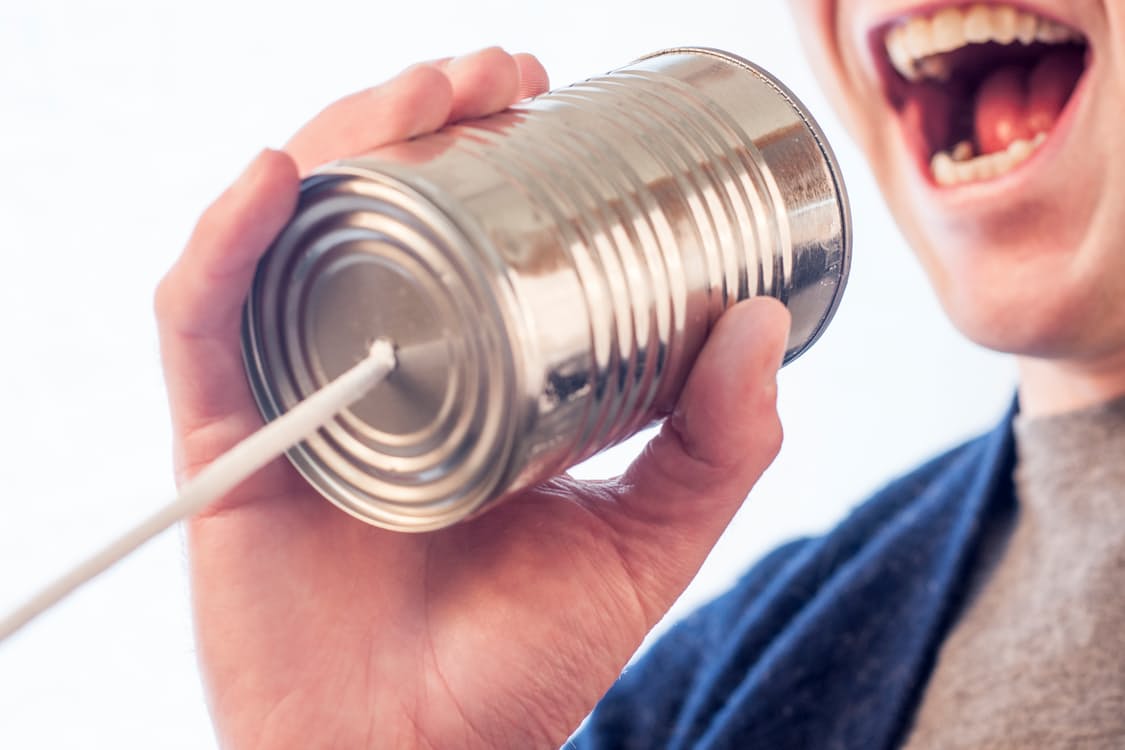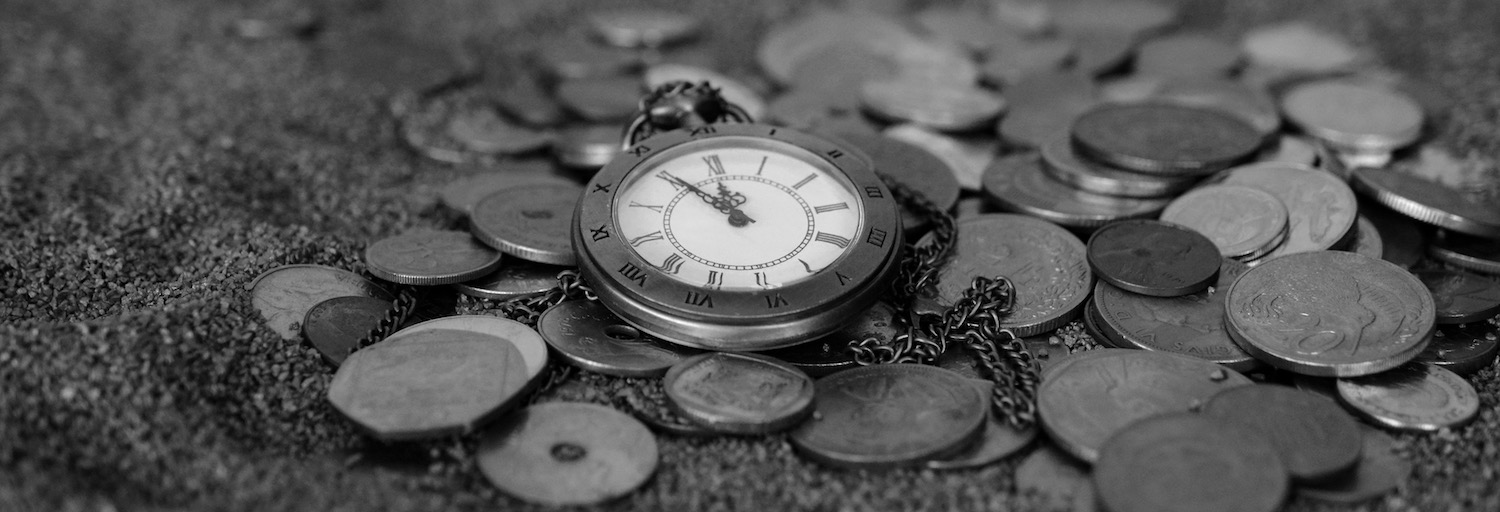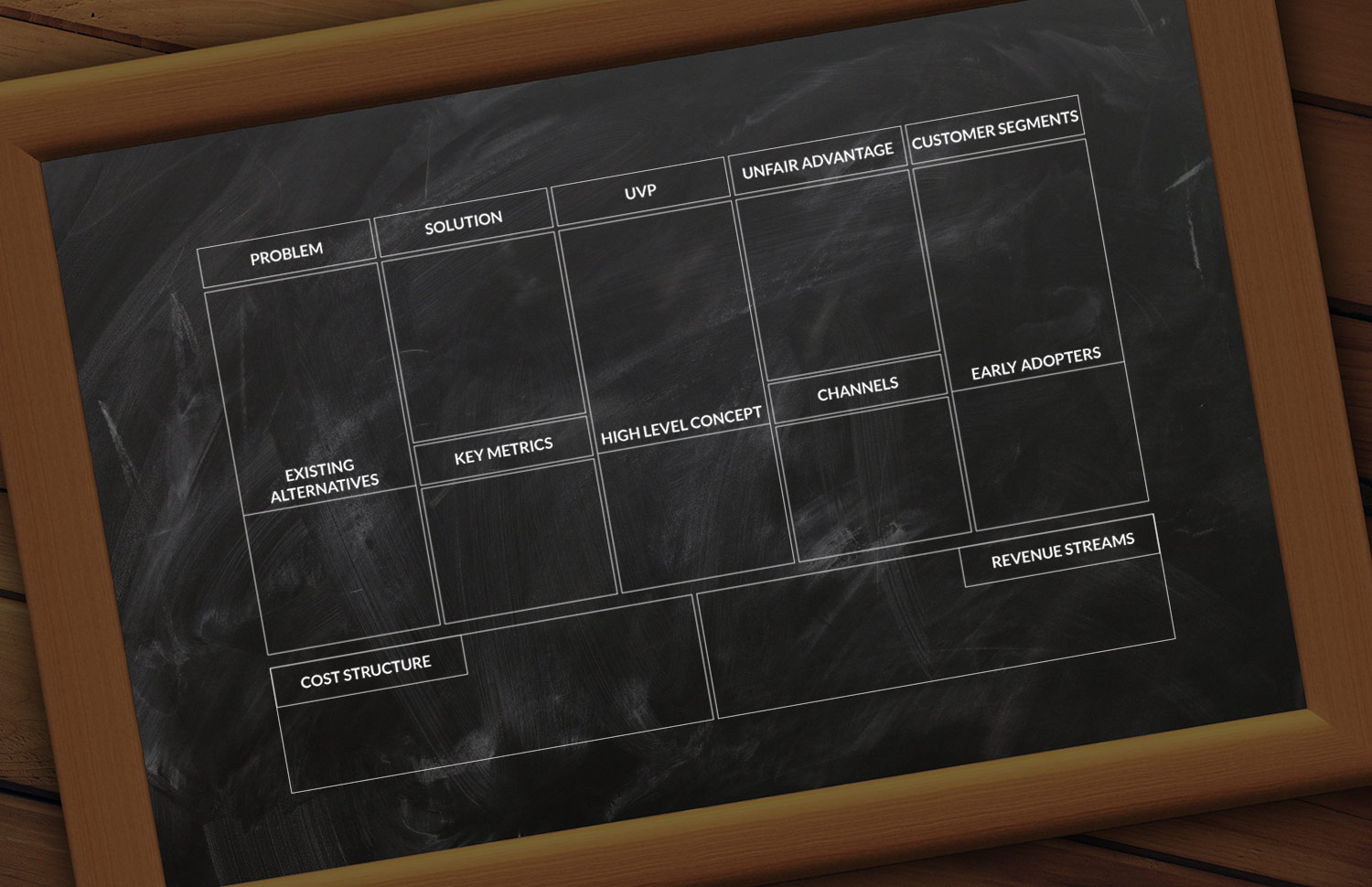Ever heard “Content is King” – Why ?
Podcast EP01 Show Notes: In this first episode, I talk about the value of content for your business and why content truly is king. Communication is everything for human relationships, and if you want to build a relationship with your customers, that means you need content. Using the right content can convert visitors into customers, […]
Show Notes:
In this first episode, I talk about the value of content for your business and why content truly is king.
Communication is everything for human relationships, and if you want to build a relationship with your customers, that means you need content. Using the right content can convert visitors into customers, and help you to close more sales. So, how do you create successful conversion content? That’s the answer I will give you in this episode.
From awareness, to consideration, to decision, I’m taking you through the whole customer journey. I’m offering examples of how a visitor might become introduced to your product or service, and how, from there, you can bring them forward to considering your business. After nurturing your relationship and building authority, it’s time to make that conversion.
Most importantly, I talk about how to keep your customers loyal after you make that first stage. How can you bring them back time and time again? Content is the answer, and I explain why.
This technique is all about getting ahead of your competition, and why your content should matter more to you than any other form of marketing.
Next Step:
Have some thoughts or any topic you would like me to cover in future episodes – drop them in comments. And Don’t forget to share what you found useful!
if you want to make some real progress then book a strategy session with W3bMinds to put these tips into practice. And Last Follow us on Twitter & Facebook for more tips.
Another quick read : How to create successful conversion content and grow sales!
Archives by Month:
March
- Why People Buy? What key factors determine they would do business with you?
- Special Guest – Raj Smriti
- Let’s catch the Thief that is stealing your success

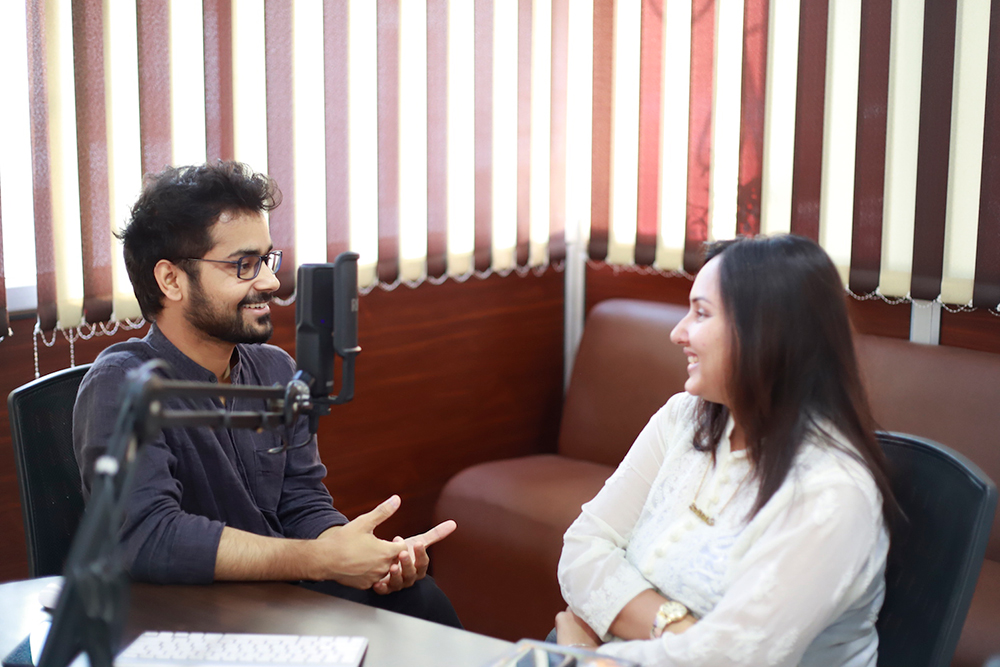
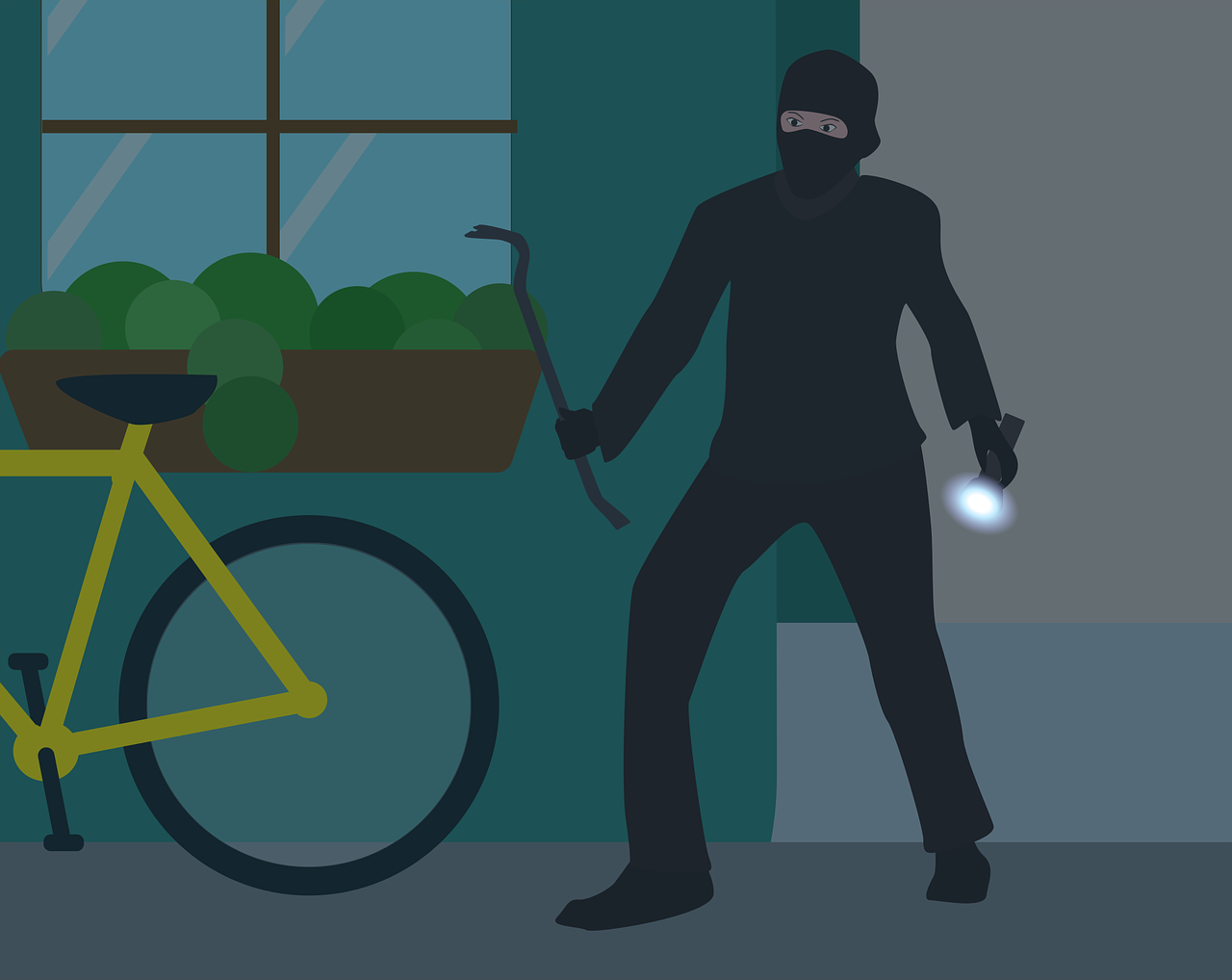
February
January
- The 5 Sins of Marketing to avoid for success
- How to charge what you’re worth?
- Ever heard “Content is King” – Why ?
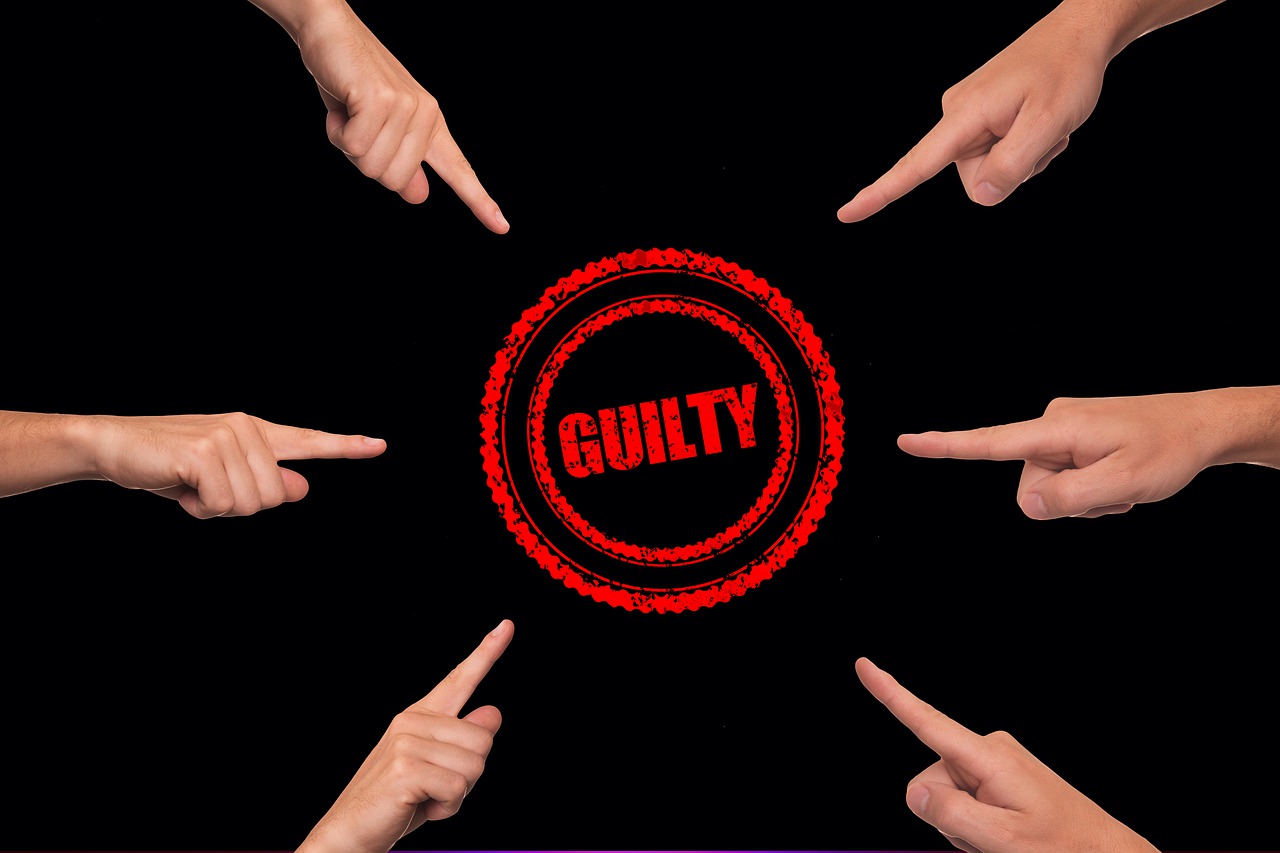

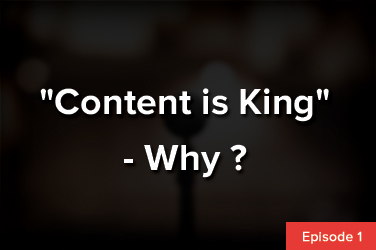
July
- 20 Myths About Business Success Revealed
- 4 Ways to Stop Burning Money in Ads but Still Get More Customers?
- What’s the Key to Creating Successful Conversion Content? and Grow Sales!
- Inbound Marketing – Perfect For People Who Hate Selling
- The Worst Advice We’ve Ever Heard About Sales





March
- What is Buyer’s Journey & Why it matters for your business?
- 4 Reasons why your Marketing efforts are not paying off or converting?
- The Benefits of Buyer Personas and How to Get Started?
- Why We Don’t Sell Any Project Without Discovery?



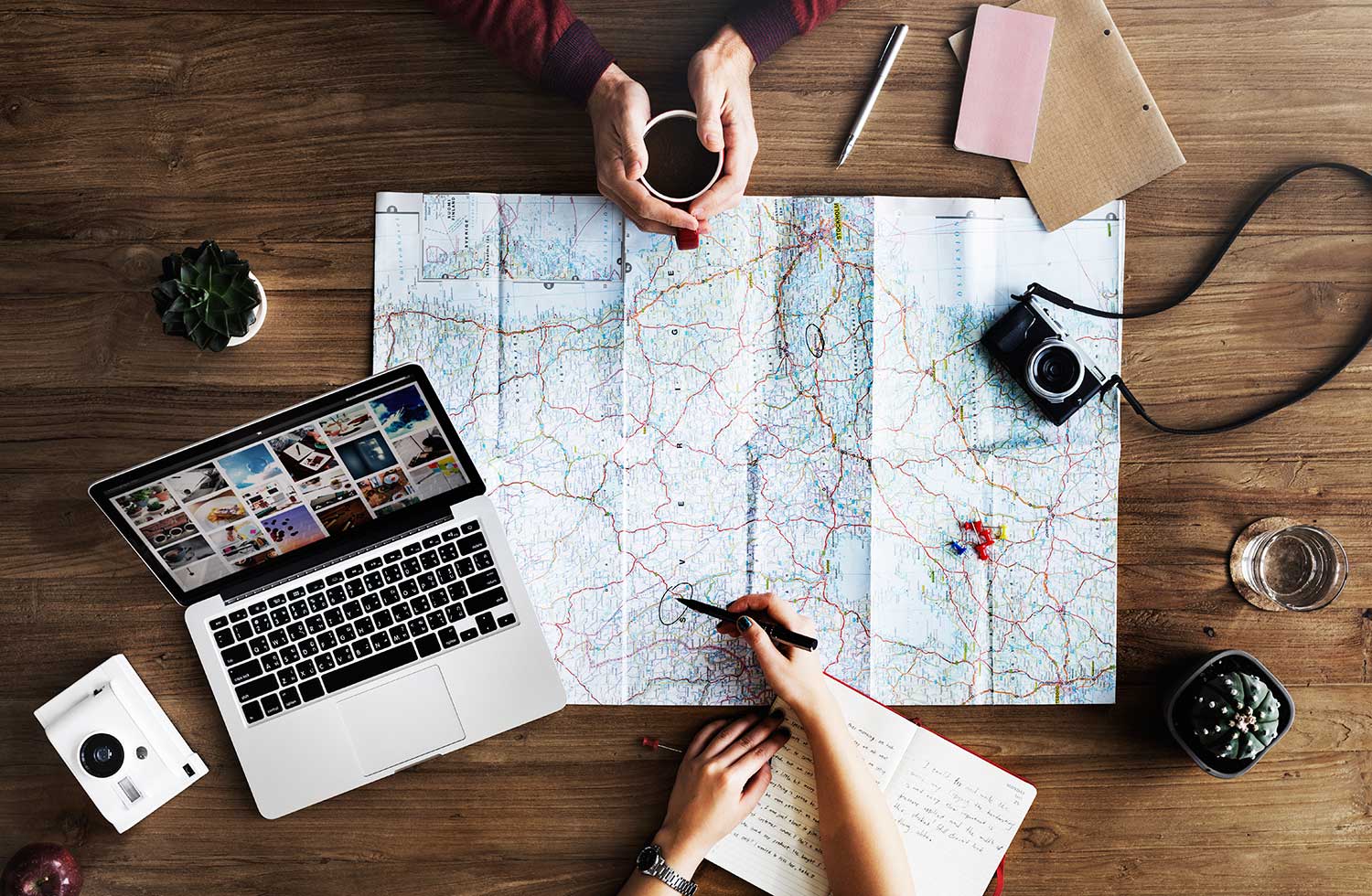
February
- 10 signs your website might be ready for an upgrade
- Why your business needs a technical co-founder…and where to find one?


January
December
- Startups Business – Determining if Your Business is Ready for Funding
- Five steps to attract investors
- How to Make a Successful Startup Business Plan.
- 10 Common Mistakes New Businesses Make




November
- 10 Crucial Errors to Avoid for Startup Businesses
- Spread the Word: 4 Ways to Enhance Your Online Presence
- $100 website vs a $10,000 website? What’s the difference?
- Brochure Website vs. Sales Person Website – What Really Works for You?
- $10,000?! For a website? Is a website worth that much ?
